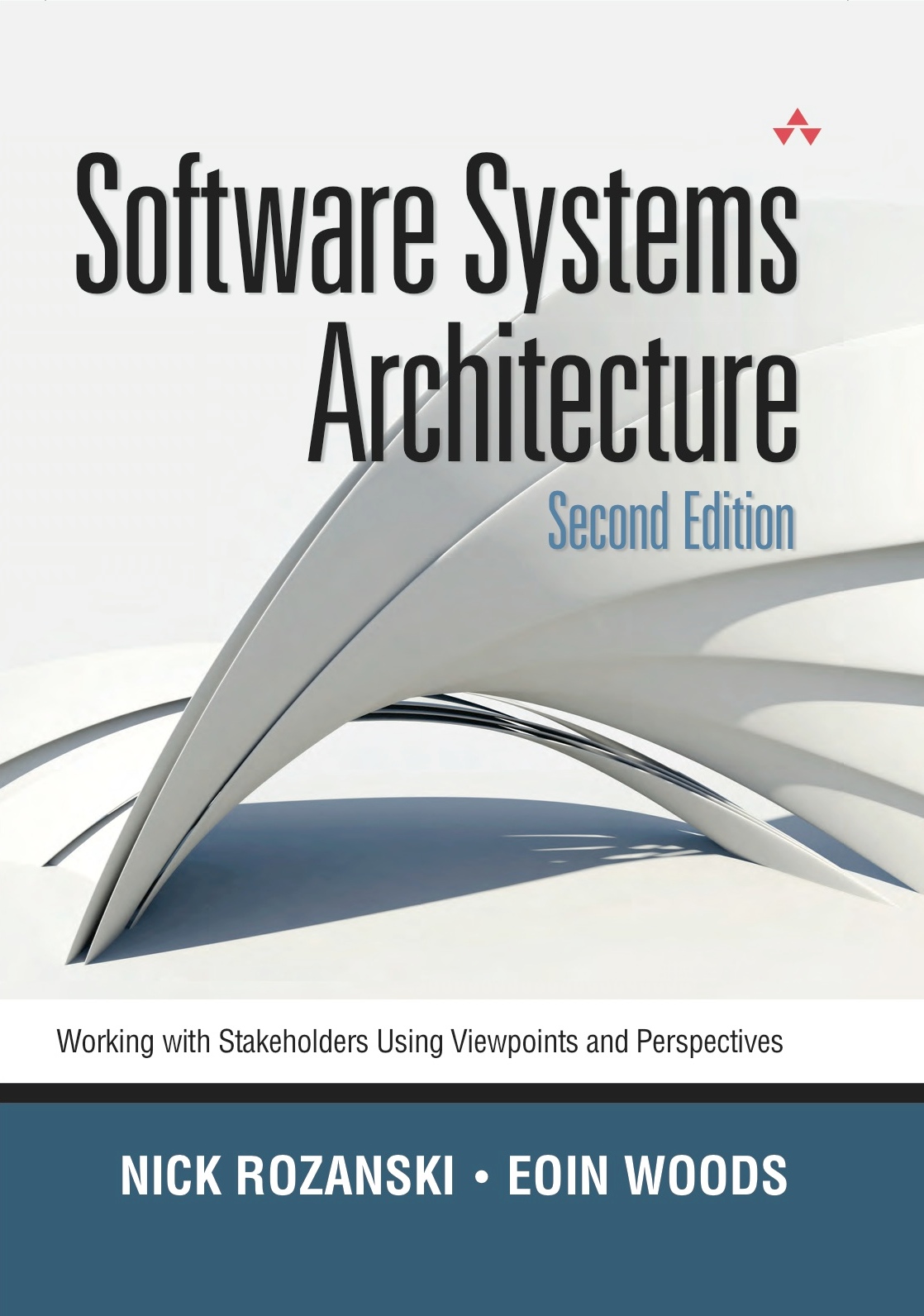2nd Approach Architecture Computer Edition Networking System Administration


(Serial Attached SCSI) is the serial storage interface that has been designed to replace and upgrade SCSI, by far the most popular storage interface for high-performance systems for many years. Retaining backward compatibility with the millions of lines of written to support SCSI devices, SAS incorporates recent advances in high-speed serial design to provide better performance, better reliability and enhanced capabilities, all at a lower cost. SAS will be a significant part of many future high-performance storage systems, and hardware, system validation engineers, device developers and others working in this area will need a working knowledge of it.
The Network Systems Administration (NSA) Option. The CISA program emphasizes a hands-on, technical approach to training, where experience gained in labs and classrooms can be applied directly to business and industry. Successful graduates will be qualified to work in industry as administrators of computer networks. Amazon. Mini Kms Activator For Microsoft Office 2010 Free Download more. com: SELinux System Administration - Second Edition (954): Sven Vermeulen: Books. Prior to this, he graduated with an MSc in computer engineering from Ghent University and MSc in ICT enterprise architecture from and he worked as a web application infrastructure engineer.
SAS Storage Architecture provides a comprehensive guide to the SAS standard. Jai Mahalakshmi Tv Serial. The book contains descriptions and numerous examples of the concepts presented, using the same building block approach as other MindShare offerings. This book details important concepts relating to the design and implementation of storage networks.
For more details of the topics covered in this guide, see. Contents • • • What is Software Architecture? Software application architecture is the process of defining a structured solution that meets all of the technical and operational requirements, while optimizing common quality attributes such as performance, security, and manageability. It involves a series of decisions based on a wide range of factors, and each of these decisions can have considerable impact on the quality, performance, maintainability, and overall success of the application. Philippe Kruchten, Grady Booch, Kurt Bittner, and Rich Reitman derived and refined a definition of architecture based on work by Mary Shaw and David Garlan (Shaw and Garlan 1996). Their definition is: “Software architecture encompasses the set of significant decisions about the organization of a software system including the selection of the structural elements and their interfaces by which the system is composed; behavior as specified in collaboration among those elements; composition of these structural and behavioral elements into larger subsystems; and an architectural style that guides this organization. Software architecture also involves functionality, usability, resilience, performance, reuse, comprehensibility, economic and technology constraints, tradeoffs and aesthetic concerns.” In Patterns of Enterprise Application Architecture, Martin Fowler outlines some common recurring themes when explaining architecture.